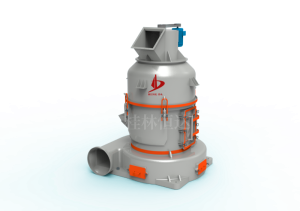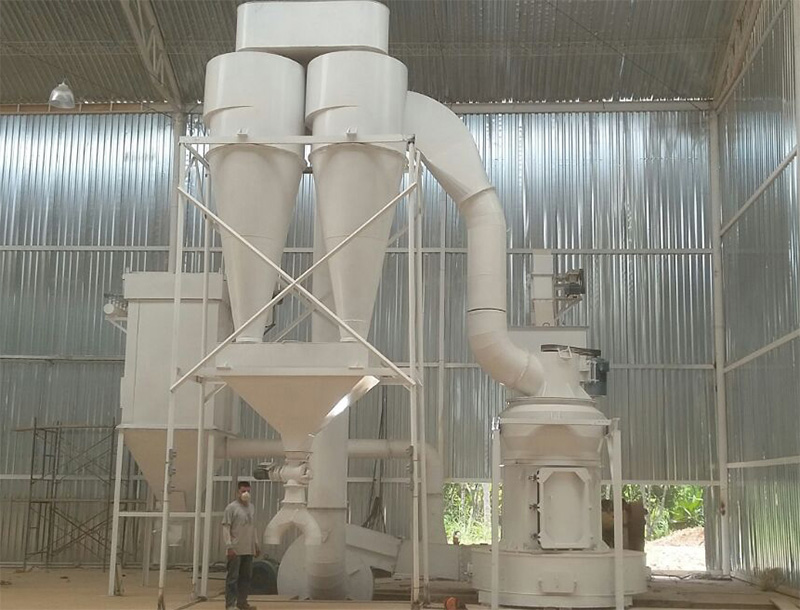What is dolomite
Dolomite is a carbonate mineral, including iron dolomite and manganese dolomite. Its crystal structure is like calcite and often presents rhombohedron. It will bubble slowly when it is cold and dilute hydrochloric acid. Some dolomites emit orange light under the irradiation of cathode rays. Dolomite is the main mineral component of dolomite and dolomitic limestone. Dolomite crystal belongs to the carbonate mineral of cubic system, and the pure one is white; Gray when containing iron; It is brown after weathering and has glassy luster. It is the main mineral of dolomite.
Application of dolomite
Dolomite can be used in building materials, ceramics, glass and refractory materials, chemical industry, agriculture, environmental protection, energy conservation and other fields. It is mainly used as basic refractory and flux for blast furnace ironmaking; Production of calcium magnesium phosphate fertilizer and preparation of magnesium sulfate; And ingredients for the production of glass and ceramics. In other applications, it is also mixed into the tire glaze as a flux.
In some ancient kilns in the north, such as Ding kiln, dolomite is often added to the fetal glaze, and dolomite is also added to some colored glaze in Jingdezhen.
Dolomite grinding process flow
Stage I: crushing
The dolomite bulk material is crushed by the crusher to the feed fineness (less than 30mm) that can enter the pulverizer.
Stage 2: material grinding
The crushed dolomite small materials are sent to the raw material bin by the elevator, and then sent to the grinding chamber of the mill evenly and quantitatively by the vibrating feeder for grinding. After grinding, the milled materials are graded by the analyzer. Those whose fineness meets the specification flow into the large cyclone collector with the wind, and then discharged into finished products through the discharge valve. Those whose fineness is unqualified cannot be screened by the analyzer, but still fall back to the host for re grinding.
Stage III: storage or packaging of finished products in cans
① The finished products discharged from the discharge valve are transported to the finished product tank for storage by pneumatic conveying equipment.
② The finished products discharged from the discharge valve are packaged by a double mouth packaging machine.
③ The finished products discharged from the discharge valve are packaged by the ton baler.









